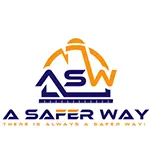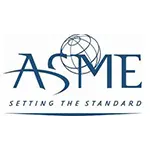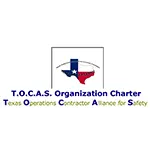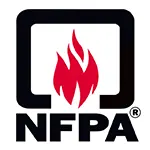Let us help you make sense of PSM / RMP!
My friend Brian Chapin will be offering an open-enrollment PSM/RMP class in Burleson, Texas, July 8th to 11th, 2025. Brian is an absolute pro in NH3 Refrigeration Process Safety. Anyone who attends will also get a FREE membership to SAFTENG. You can get more information on the class with this link.
CLICK HERE to Renew your Membership
CLICK HERE for a NEW Membership
CLICK HERE to see eligibility requirements for FREE Membership
If you have any questions, please contact m
SAFTENG has:
- Over 18,000 categorized unsafe acts/conditions and accident/injury photos
- Over 1,500 ppt's & doc's in the SAFTENG Library
- Over 4,000 Technical Articles on Process Safety, Emergency Response & OSH topics
- Over 450 videos (those not allowed on YouTube Channel)
Many THANKS to my NEW Members and those who CONTINUE to support SAFTENG:









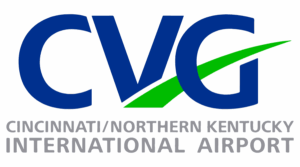


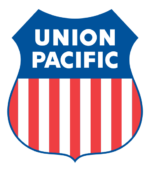

July 24, 2011
Most everyone who works around flammable liquids knows about bonding and grounding; but, do workers and engineers really UNDERSTAND the principles behind bonding and grounding. In this article, I will try to explain “grounding” in very simple terms in the hopes that more workers can understand exactly what they are trying to achieve when they use bonding and grounding on containers AND...
Read More
July 22, 2011
Just mention the letters “MOC” to an engineer or manager at a PSM/RMP facility and watch the eyes roll, the sighs let out, the clearing of throats, and so on. MOC is probably in the top three of the most despised elements of PSM/RMP; and yet, to no safety professionals surprise, failure of doing an MOC has found its way into almost every PSM/RMP related incident or audit report since...
Read More
July 22, 2011
This week EPA announced a MAJOR RMP settlement agreement with one of the nation’s largest Ammonia distributors. This settlement agreement is HUGE in that it requires the company to install fixed Ammonia detectors at 14 different facilities in 12 states and over 2 EPA regions. These detectors are direct wired to the local FD, and not sure how, but surrounding neighbors will also be...
Read More
July 21, 2011
(Author Unknown)
Sandwiched tightly between Top Brass and the teaming masses sits a wild-eyed individual madly singing a safety tune. He’s the most misunderstood, maligned and unsung person in all the world of business. He’s the proverbial “SAFETY PROFESSIONAL”.
…
HomeRead More »
Read More
July 21, 2011
Safety professionals have been described as different
And they really don’t understood why
Maybe it’s because they see hazards
Others tend to pass by
…
HomeRead More »
Read More
July 18, 2011
WELCOME to SAFTENG.net Members Area! To navigate thru the Members Area of SAFTENG, use BLUE MENU BAR across the top portion of the page. I have expanded this menu bar with dozens of shortcuts to the document folder, photos, videos, etc. The Document Folder is where you can find all the POWERPOINT presentations, WORD documents, Adobe PDF files, EXCEL Spreadsheets, etc. The folder is catagorized by...
Read More
July 17, 2011
The see the video in FULL size and to read the news story of the incident, click on the READ MORE link below.
…
HomeRead More »
Read More


